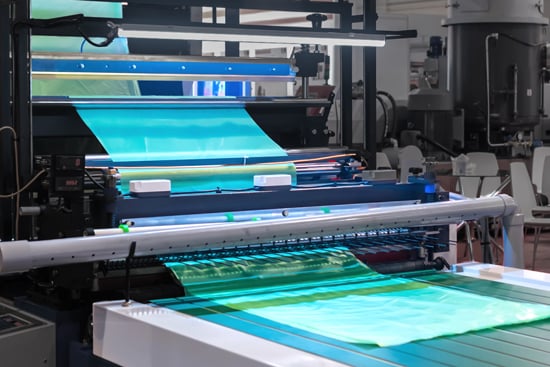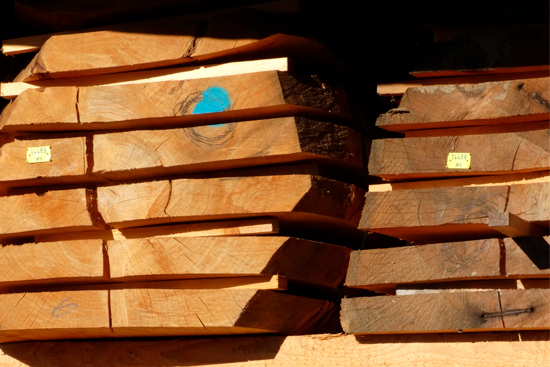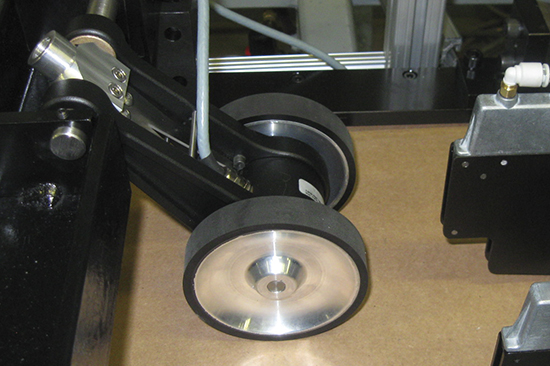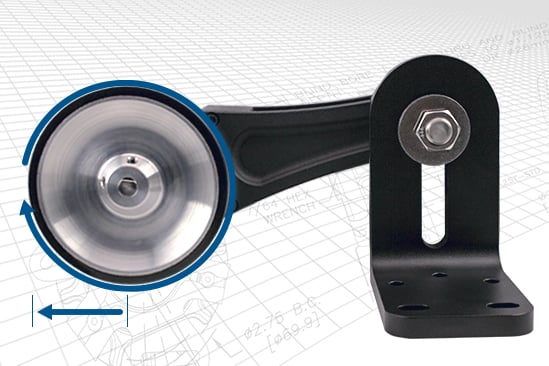In cut-to-length applications, the encoder generates a fixed number of pulses, which then determine length of travel. When the encoder has sent the predetermined number of pulses to the control system, it activates the cutting device.
Mechanically, both shaft and thru-bore encoders work well in cut-to-length applications. The encoder can be applied to the drive motor used to advance material, to a head-roll shaft, to a pinch-roller, or to a lead screw. Additionally, an encoder and measuring wheel assembly can obtain feedback directly from the material itself or from a conveyor surface. An integrated solution such as EPC's TR1 TruTrac® simplifies encoder installation and adjustment for cut-to-length applications.
When specifying encoder resolution for cut-to-length applications, it's important to factor in the desired accuracy. For example, in a system with a roller that is exactly one foot in circumference, the roller would feed one foot of material for every revolution of the roller. The resolution of the encoder would directly reflect the accuracy of the cut. In this example, 96 cycles per revolution (CPR) would yield cuts to a 0.125" accuracy. Depending on the material, consideration should be given to static build up, including proper precautions for grounding and isolating the encoder from potential damage from static discharge.
Environmental considerations are important when specifying your encoder. Take into account the encoder's exposure to liquids, fine particulates, extreme temperatures, and washdown requirements. An IP66 or IP67 seal protects against moisture ingress, while a stainless steel or polymer composite housing to mitigate the effects of harsh cleaning chemicals and solvents.
Examples of Cut-to-Length Applications
- Corrugated cardboard trim
- Spooled cable cut-off
- Pre-fabricated roofing panel cut-off





